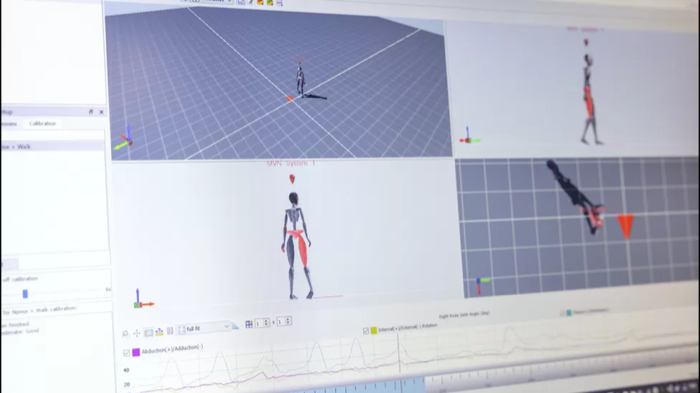'Avatar: The Shape Of Water' Motion Capture Technology Sees Use In Disease Research
Image Source: Hype
The use of motion capture suits in films is nothing new. Anyone who has seen ‘Avatar: The Shape of Water’ is already aware of the impressive technology that goes into bringing the Na’vi to life on the big screen. As it turns out, there may be other uses for such technology outside of Hollywood. Researchers from Imperial College and University College London have spent 10 years studying the usage of motion capture suits and artificial intelligence to help track the progression of genetic disorders.
Patients with Friedreich's ataxia (FA) and Duchenne muscular dystrophy (DMD) were tested in two separate studies. With the AI and accurate movement tracking from the motion capture suits, which were able to predict the rate at which the diseases would worsen. Normally, the assessment process of these movement-based diseases would take years and wasn't always very accurate. With the new technology, however, predicting deterioration is much faster and more accurate.
RELATED:
"Our new approach detects subtle movements that humans can't pick up on," says Professor Aldo Faisal, who helped come up with the idea. "It has the capability to transform clinical trials as well as improve diagnosis and monitoring for patients."
Image Source: BBC News
With the accuracy improving tenfold, scientists also note that this will help cut costs and speed up clinical trials for rare genetic diseases. This helps as an incentive for pharmaceutical companies to invest in developing treatments since results are now easier and faster to retrieve.
Aside from DMD and FA, scientists are also planning on using motion capture AI to study Parkinson's, Alzheimer's, and MS.
While these patients won't see what they look like as a giant blue alien, it's still amazing that the same technology can help make life with genetic disorders much easier.
READ NEXT:
Source: BBC News













